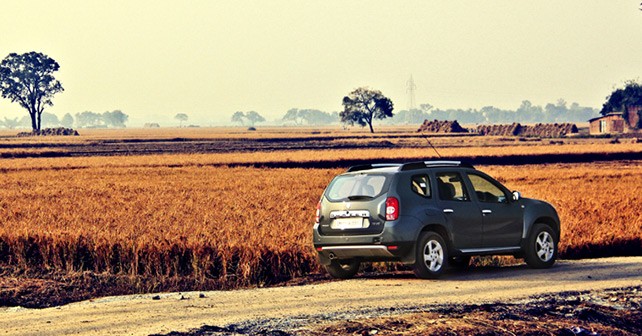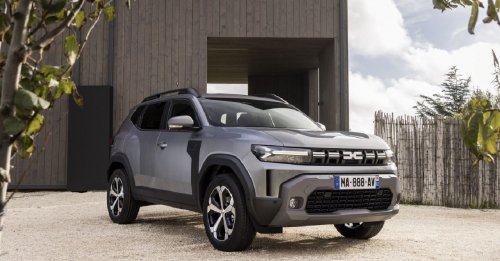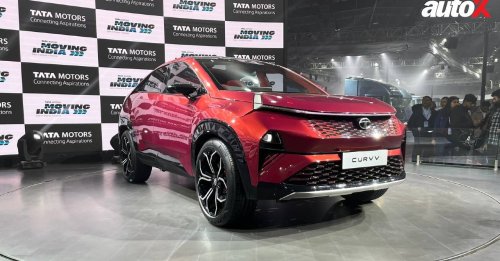
Bihar – its mention brings to mind lawlessness and backwardness. But it’s more than just people with guns, swearing by the power that’s (wrongly) bestowed upon them. There’s a LOT more to discover…
It had been a quite a long gap between the last time I did a longish roadtrip, and this one. I’d been longing to just go anywhere – I was as eager and ready to lose myself in the serene and calm sands of the West, as I was to live in the chaotic and unnecessarily loud setting of the East. As luck would have it, my homeland is Bihar, which is eastwards. So, that meant being a part of the strident way of life and the commotion that came complimentary with that. It’s a bit odd for an outsider to live in a land where everyone knows someone big in the corridors of power – something that’s flaunted freely to announce the muscle of an individual.
The only slightly enjoyable outing that I could offer my wife this past year was when we drove up to Narkanda – a small, sleepy hamlet beyond Shimla. Our resort was nestled in between the towering mountains and our room was bejeweled by the chirping of the birds and the zephyr that made an isolated tune that could bring even the most emotionless and motionless thing to life.
So, it was quite odd when we reflected back on the last road trip we went on together, and the one that we were about to embark on. Narkanda and Bihar – two completely opposite ends of the spectrum. A few years back when I drove to Bihar, I went via Gorakhpur. This time around, I decided on driving on the NH2 all through to reach Patna (the capital of Bihar) via Agra, Kanpur, Allahabad, Varanasi, and Ara – a distance of almost 1,200 kilometers.
Let me put it as plainly as I can – the Yamuna Expressway is simply a splendid work of engineering, and its construction quality is top-notch. You can go as fast as your vehicle will manage for kilometers on end – all 200 of them in fact! Not that I’m suggesting you should, but you can. But you shouldn’t of course. Er…
We left Delhi only by 9am, but the rapid progress on the Yamuna Expressway meant that we made it to Agra in a bit over one hour, and aimed at making a halt at Allahabad by Sundown. However, the way the Duster was eating up the miles – unperturbed by anything on the roads – we made it into the Amitabh Bachchan-city as the clock sounded the gong for 4pm. We walked around a bit in town, but since the Sun was in no mood to stay out for much longer, we decided to pace back to our hotel and rest our tired souls. The following morning, we went to the site of the famous Triveni Sangam – a confluence of three rivers. The Triveni Sangam in Allahabad is a confluence of the Ganges, Yamuna and the fabled Saraswati rivers. The muddy and brown Ganges merges with the blue waters of Yamuna, while Saraswati is unseen, and is believed to flow underground and partner the two rivers from underneath.
The Sangam is sacred to Hindus, and they come in hordes to take a bath in the Holy waters to wash off their sins. Since I’d just washed my sins off in the hotel’s water closet, I decided to give the dip in the confluence a pass. Be warned though – there are priests who’ll come up next to your boat and start performing pooja for no rhyme-or-reason. And, as you sit there admiring their devotion, they suddenly ask you to extend your hand, do some pooja-stuff with you as their subject, and ask you to shell out 15,000 bucks – 15,000 for just some colours and three coconuts! And the priests insist that they don’t ask for any money. So, when our priest said that, I conveniently took out a 50 Rupee note and placed it on his boat. This enraged him, and he started saying that if I believed in God, I should atleast make an offer worth 100 kilograms of prasadam – the delicious Indian sweet, Laddoo, in this case. Per kilogram that’s 250 bucks, so that meant the kind priest was asking for 25,000 Rupees, no less. This had to be the least Holy place I’ve ever visited, and a great place to learn the art of corruption instead. Sorry, mighty super-powers resting up there somewhere, but your followers and messengers aren’t doing a very good job of spreading your message.
So, after this ordeal, we drove straight towards Patna – still some 350 kilometers away. The road surface started misbehaving a bit as we drove further East, but – and don’t think that Renault is paying me to insert these plug-ins time-and-time again – the Duster really kept soaking up even the biggest undulations. Mind you, even the smallest potholes can be hairy when doing triple-digit speeds, so it was praiseworthy that this French number was doing so well on Indian soil. Oh, but the Duster is Romanian, essentially. Anyway, moving on…
Patna hasn’t got much to explore, so we concentrated on going to three places – Nalanda, Rajgir and Bodh Gaya. We couldn’t quite do Bodh Gaya owing to time constraints, but that’s reason enough for another adventure to Bihar – so, I’m not complaining. Now, bear with me on this – I think Bihar actually has a lot to offer. It’s got an extremely rich history decorated by grand tales from the pages of mythology. This state has been famous for all the wrong reasons (and one Mr. Lalu Prasad Yadav), but try and absorb the charm of this great State, and you’ll realize how little is known to the world – and what potential lies hidden in the chest of Bihar.
About 90 kilometers south-east of Patna are the ruins of what once stood tall as an ancient university, and a centre for higher learning. There are many explanations for the term Nalanda, but the most accepted perhaps is that Nalam means Lotus, which represents knowledge, and Da means to give – so, Nalanda means giver of knowledge. Interestingly, Nalanda was the largest residential centre for learning that the world ever knew. The University of Nalanda was founded in the 5th century by the Gupta emperors, and the courses included the study of scriptures of Mahayana and Hinayana schools of Buddhism, Brahminical Vedic texts, philosophy, logic, theology, grammar, astronomy, mathematics and medicine. The importance of Nalanda as a monastic university continued till the end of 12th century. The main University building has many stupas around it, which are studded with small and big statues of the Lord Buddha in various poses or ‘Mudras.’
Rajgir – a complex of temples and monasteries – is 15 kilometers beyond Nalanda. Rajgir was the capital of the state of Magadha Mahajanpad before Patliputra was formed. The name Rajgir came up by joining Raj and Griha which literally meant the home of the royalty. Buddha is believed to have lived here for many years and deliver sermons. He’s also said to have proselytized emperor Bimbisara at the Gridhakuta Hill and the Jivek Amravan monastery was Buddha’s favourite residence.
Rajgir holds great importance for Buddhists, while also being an attraction for Hindus and Jains because of the beautiful temples around it. The Vishwa Shanti Stupa and the monasteries built by the Japanese devotees make the Ratnagiri hills more enchanting, and a symbol of peace and calm. The Vishwa Shanti Stupa – also famous as the World Peace Pagoda – is a work of art that was imagined by Nichidatsu Fujii, president of the Japanese Buddhist Society, and was completed in 4 years and 7 months in 1965, after the then-Indian president, S.Radhakrishnan, laid the foundation stone of this Stupa. The four statues on the four sides of the Stupa portray the four phases of Buddha’s life – birth, enlightenment, teaching and passing away. The statues themselves are made of Gold!
After the Stupa, we went to the foot of the Vaibhav Hill, which is famous for its natural hot springs. Unfortunately, this was the most disgusting place ever – not because it was another bathing site, but because of one declaration I read on the wall just as we were entering the premise. It was explicitly stated that non-Hindus, in particular Muslims, aren’t allowed inside – that too, by law. Pathetic! Now, you God fearing and holy people, tell me why this sacrilege? I’ve read bits of the Geeta, Ramayana and Mahabharata, and nowhere is it stated that we must differentiate between people. In fact, it is a universal preaching that every holy book offers – everyone should be treated equal. It is, therefore, only for material and personal greed that human society has laid down these sordid avowals.
The hot water springs are wonders of nature, and every individual – religion or caste notwithstanding – should be allowed to witness their brilliance. The water comes from Saptdhara – the seven streams that are believed to have their source behind the Saptarni Caves. The hot water springs have medicinal properties, but are visited more for the holy status they now enjoy.
This was a very basic overview of what I could manage in just a day or two of exploration. Bihar is my homeland, and I’ve never really spent much time there since my birth. Now that I know there are hidden treasures, my quest to uncover the magnificence of this lovely and charming land will commence – one place at a time. For the time being though, I’m back in the hustle-bustle of city life, over-loading the various buttons on the keypad of my laptop to type this piece. And, as I do that, I’m constantly reminded of how basic human (and humane) emotions are now completely overcome by the greed that now appears to bind us instead. It’s simply appalling. Oh, the Duster was great by-the-way. Steady, comfortable, and great fun-to-drive. I’m eager to do another longish trip in this car. Hopefully soon!





















Write your Comment